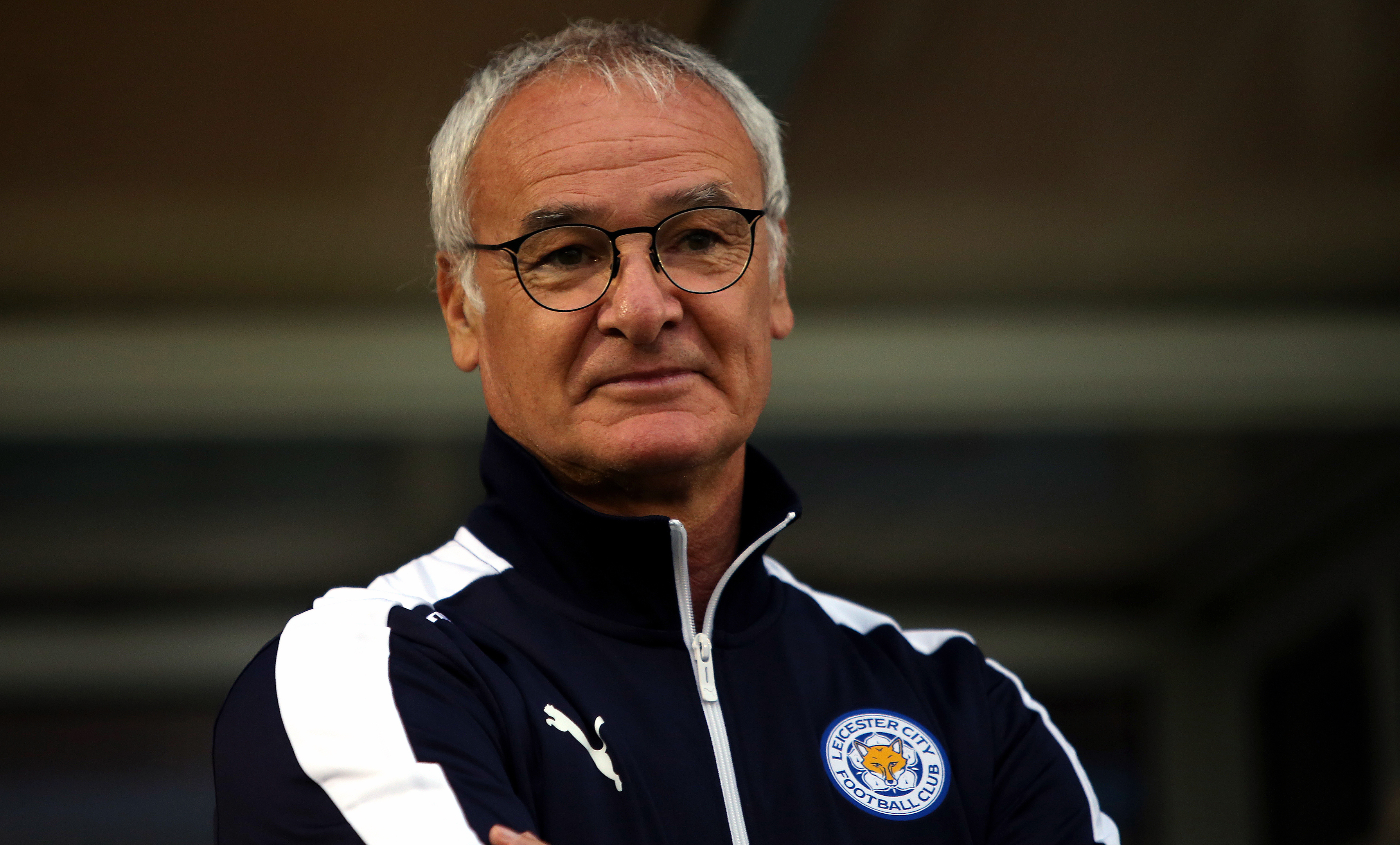
Claudio Ranieri’s side have re-energised the English Premier League.
Just when it seemed like we were settling into a predictable spell where only the Manchester clubs, Chelsea and Arsenal could win the title, they have really upset the applecart.
And we all love the excitement that comes from a team having some unexpected success.
Unfortunately, it seems the financial situation in Scotland won’t allow that.
Aberdeen have put in the most credible challenge for the title in recent times, and we have to be grateful they’re doing it again.
But the Dons’ aren’t really comparable with Leicester. They have Scotland’s third largest city to themselves. If you wanted to compare them to an English side, they’d probably be the equivalent of Liverpool or Tottenham.
Leicester City are a big club, but they’re well down the pecking order in the Premier League.
In relative terms, their Scottish equivalent would be a club like Kilmarnock or St Johnstone.
Can you see either of those clubs making a sustained challenge for the championship? It seems highly unlikely.
Hamilton Accies made a fantastic start to last season and were top of the league in September.
Sadly, they couldn’t sustain it and they eventually finished in the bottom six.
Kilmarnock were celebrating their last title win back in May – but it was the 50th anniversary!
Saints are going really well under Tommy Wright, but it would be almost impossible for them to assemble a title-winning team.
Look at the example of Dundee United. Just 18 months ago they were Scottish Cup finalists and a top-six side that looked to be on the rise.
Since then they’ve lost stars like Stuart Armstrong, Gary Mackay-Steven, Nadir Ciftci, Andy Robertson and Ryan Gauld, and the the Tangerines are ending the year bottom of the Premiership.
That is the harsh reality facing Scottish clubs. Build a successful side and someone else will come along and buy it before you can convert the hard work into trophies.
The last four seasons have provided the best opportunity in 30 years for a different club to become Champions of Scotland.
The absence of Rangers from the top flight should have increased the chances of someone else emerging from the pack.
But instead of a two-horse race, we’ve really been stuck with a one-horse contest.
It’s one of the main reasons why many supporters of provincial teams aren’t concerned when suggestions of the Old Firm moving to England re-emerge every year.
Many of them would welcome the Glasgow clubs moving on.
Their departure would leave a league where several clubs would consider themselves title contenders.
That, however, seems highly unlikely. We can only keep our fingers crossed that Scotland’s Leicester City will miraculously appear.
It’s a lovely thought.

Enjoy the convenience of having The Sunday Post delivered as a digital ePaper straight to your smartphone, tablet or computer.
Subscribe for only £5.49 a month and enjoy all the benefits of the printed paper as a digital replica.
Subscribe